When designing or remodeling a bathroom, the mirror plays a significant role in both functionality and aesthetics. A well-chosen bathroom mirror can make the room feel larger, brighter, and more elegant. However, selecting the right mirror isn’t just about style—it’s also about size. If you're wondering about the standard sizes for traditional bathroom mirrors, you're not alone. The size of the mirror can affect your bathroom's layout, balance, and overall design.
In this article, we’ll explore the standard sizes for bathroom mirrors, how to choose the right one for your space, and how modern options like an LED mirror can enhance both style and function.
Importance of Bathroom Mirrors
Before diving into the specific sizes of bathroom mirrors, it’s essential to understand their importance. A bathroom mirror serves multiple purposes:
-
Functionality: Mirrors are essential for grooming tasks such as shaving, applying makeup, and styling hair.
-
Aesthetic Appeal: Mirrors can enhance the overall look of the bathroom by complementing the style, whether traditional, contemporary, or modern.
-
Creating Space: A well-placed mirror can make a small bathroom feel more spacious by reflecting light and creating the illusion of depth.
Given these important roles, choosing the correct size and type of mirror is crucial for achieving the perfect bathroom design.
Standard Sizes for Traditional Bathroom Mirrors

Traditional bathroom mirrors come in a wide range of sizes to fit different bathroom layouts and vanity configurations. While there are no strict "one-size-fits-all" rules, there are common dimensions that can help you narrow down your choices. The size of the mirror should be proportional to the vanity, sink, and overall bathroom space.
1. Small Bathroom Mirrors
For compact bathrooms or powder rooms, smaller mirrors are ideal. These mirrors typically range between 18 to 24 inches in width and can be hung over smaller vanities or sinks. Small mirrors are excellent for creating a more intimate space without overwhelming the room.
Standard Dimensions:
-
Width: 18 to 24 inches
-
Height: 24 to 28 inches
Best for:
-
Powder rooms
-
Small bathrooms
-
Minimalist designs
2. Medium Bathroom Mirrors
Medium-sized bathroom mirrors are the most common choice for standard-sized bathrooms. These mirrors generally measure between 24 to 36 inches in width and are perfect for pairing with single-sink vanities. They offer a good balance between functionality and style, providing ample reflective space without dominating the wall.
Standard Dimensions:
-
Width: 24 to 36 inches
-
Height: 30 to 36 inches
Best for:
-
Single-sink vanities
-
Guest bathrooms
-
Standard-sized bathrooms
3. Large Bathroom Mirrors
For those with larger bathrooms or double-sink vanities, larger mirrors are ideal. These mirrors typically measure 36 inches or more in width and can extend to fit the full width of a vanity. Large bathroom mirrors provide a more spacious reflection area and are often used in master bathrooms. They can either be a single large mirror or two side-by-side mirrors for a more symmetrical look.
Standard Dimensions:
-
Width: 36 to 60 inches (or larger)
-
Height: 36 to 48 inches
Best for:
-
Double-sink vanities
-
Master bathrooms
-
Larger spaces
4. Full-Length Mirrors
Although less common in traditional bathroom settings, full-length mirrors are sometimes used in larger bathrooms or dressing areas to provide a complete head-to-toe view. These mirrors can also make the bathroom appear more expansive by reflecting the entire length of the room.
Standard Dimensions:
-
Width: 24 to 30 inches
-
Height: 60 to 72 inches
Best for:
-
Dressing areas
-
Large bathrooms
-
Walk-in closets
How to Choose the Right Bathroom Mirror Size
Choosing the right-sized bathroom mirror depends on several factors, including the size of your vanity, the layout of your bathroom, and your design preferences. Here are some tips to guide your decision:
1. Proportionality to Vanity
As a general rule, the mirror should be no wider than the vanity it hangs above. A mirror that is too wide can look unbalanced, while one that is too narrow may not provide adequate reflection. Ideally, the mirror should be around 70-80% of the width of the vanity for a balanced look.
For example, if your vanity is 48 inches wide, a mirror around 34-38 inches wide would complement it well.
2. Height Considerations
The height of the mirror is just as important as the width. The top of the mirror should be positioned 6-8 inches above the sink to allow enough space for people of varying heights to use it comfortably. At the same time, it should not extend too high to make the room feel cramped.
3. Mirror Shape
Traditional mirrors come in several shapes, including rectangular, oval, and round. Rectangular mirrors are the most popular for their classic look and practicality, while oval or round mirrors can add a softer touch to the bathroom. The shape you choose can influence the perceived size of the mirror as well.
-
Rectangular Mirrors: Ideal for creating clean, symmetrical lines.
-
Oval or Round Mirrors: Best for softening the look of a bathroom and adding visual interest.
4. Framed vs. Frameless Mirrors
Traditional mirrors can either be framed or frameless. A framed mirror adds a touch of elegance and can enhance the traditional look of your bathroom. Frameless mirrors, on the other hand, offer a more modern, minimalist aesthetic. Choose a framed mirror if you’re aiming for a more classic, vintage style.
The Rise of the LED Mirror in Modern Bathrooms
While traditional mirrors remain popular, many homeowners are opting for a more modern alternative: the LED mirror. An LED mirror combines the functionality of a regular mirror with integrated lighting for a sleek and sophisticated look.
1. Enhanced Lighting
One of the main benefits of an LED mirror is the built-in lighting. These mirrors typically feature LED lights around the edges or behind the glass, providing even, shadow-free illumination. This is especially beneficial for tasks like applying makeup or shaving.
2. Energy Efficiency
LED mirrors are designed to be energy-efficient, consuming less electricity compared to traditional lighting. The LED lights last longer and are more durable, making them a sustainable choice for environmentally conscious homeowners.
3. Modern Aesthetic
Incorporating an LED mirror into your bathroom can instantly modernize the space. Its clean lines and sleek design complement contemporary or minimalist bathroom styles, while the lighting adds a luxurious spa-like feel.
Standard Dimensions for LED Mirrors:
-
Width: 24 to 48 inches
-
Height: 24 to 36 inches
Final Thoughts
Choosing the bathroom mirror that is proportional to the space is all about the balance of functionality and aesthetics in bathroom design. Anything from small powder room mirrors to quite large ones, intended for master bathrooms, once you understand where it would fit in your space, that will be great. You really need to consider the size of your vanity, how tall the mirror will be, and the style of your design when choosing your mirror.
Whether traditionally framed or with one of the sleek, modern LED-framed mirrors available today, a bathroom mirror has the capability to enhance the appearance and add style to any space.

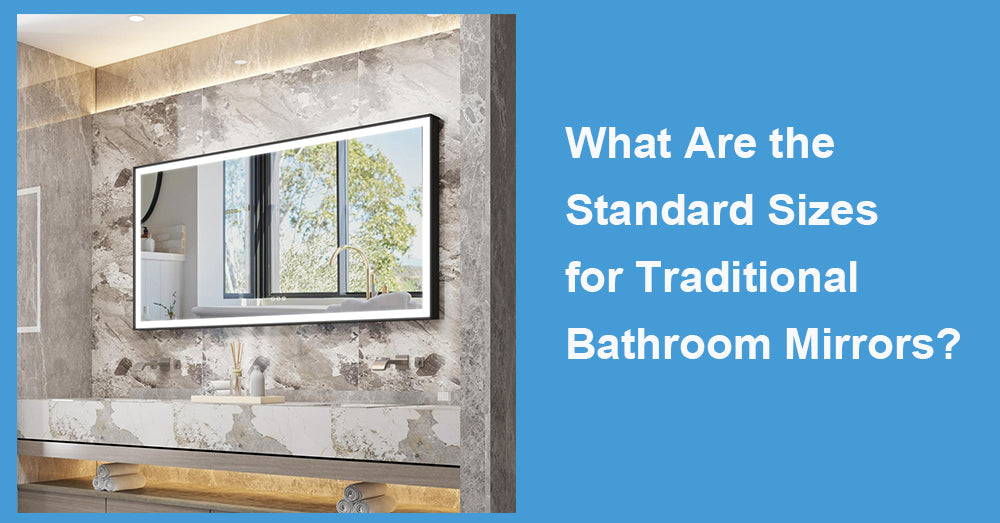
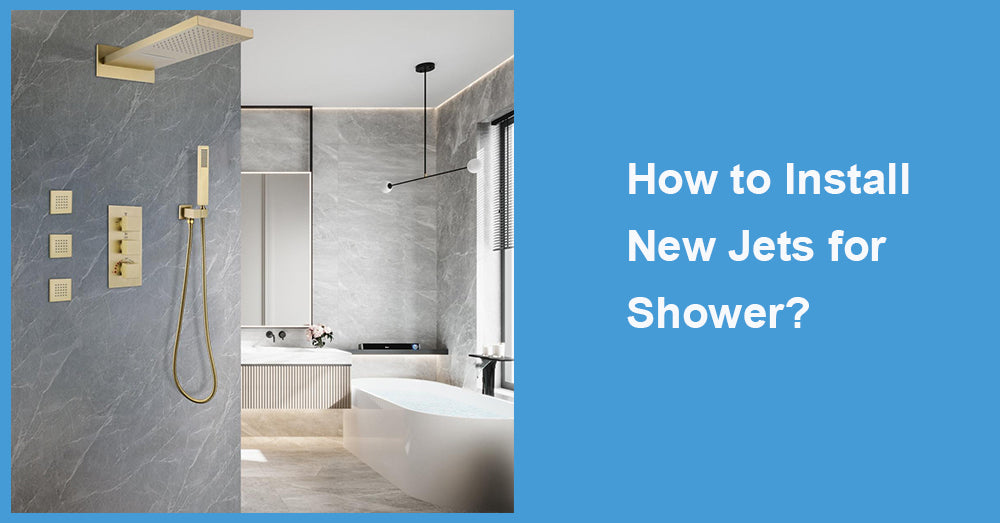
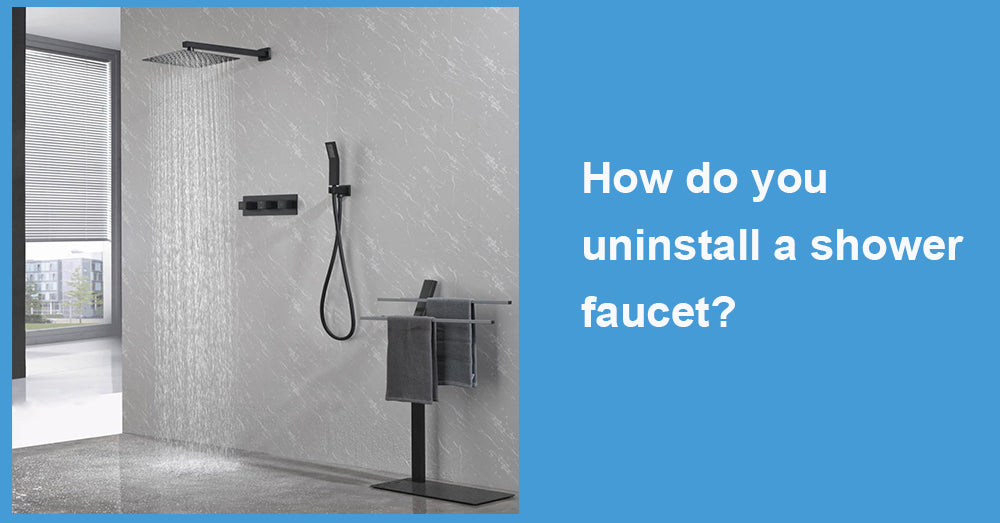
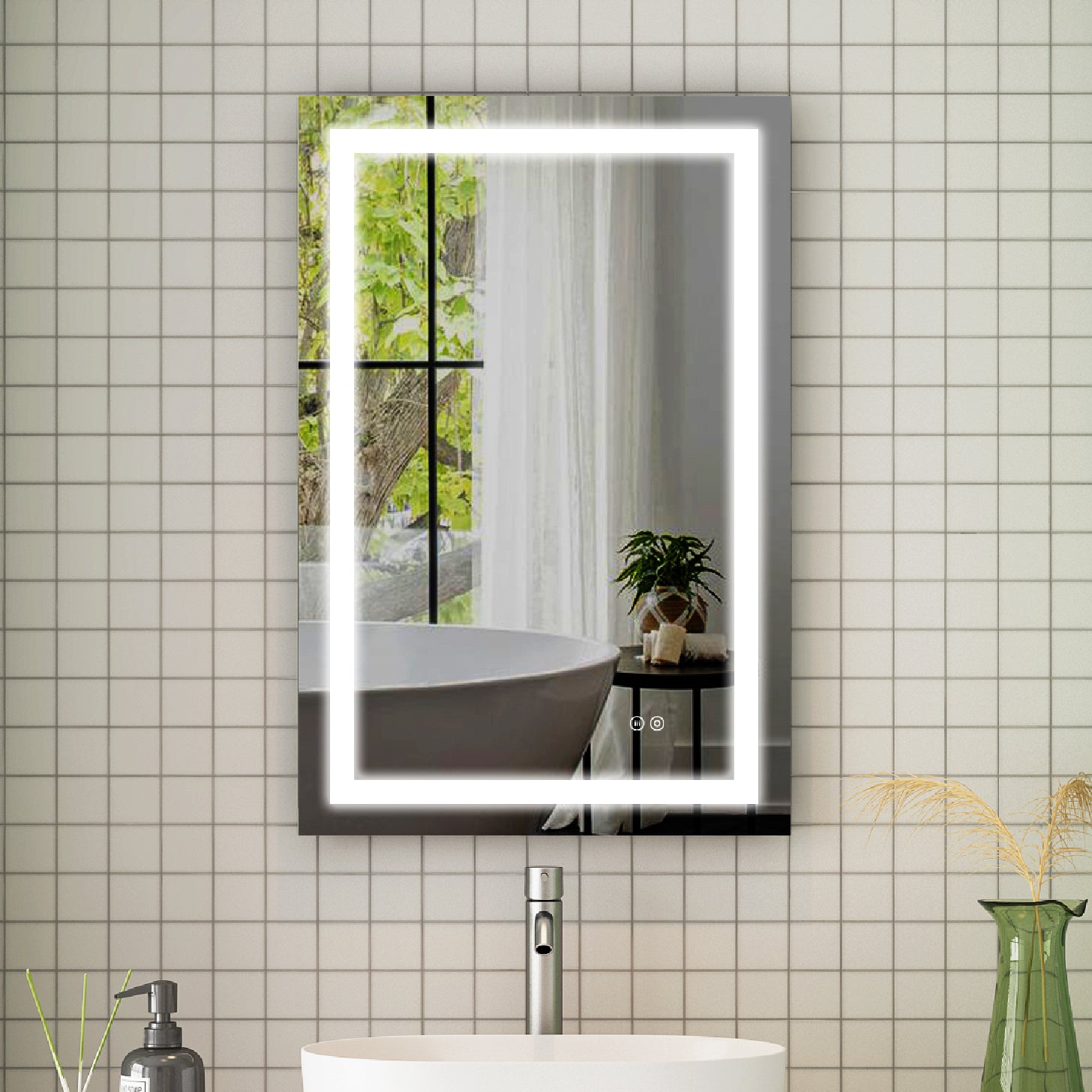


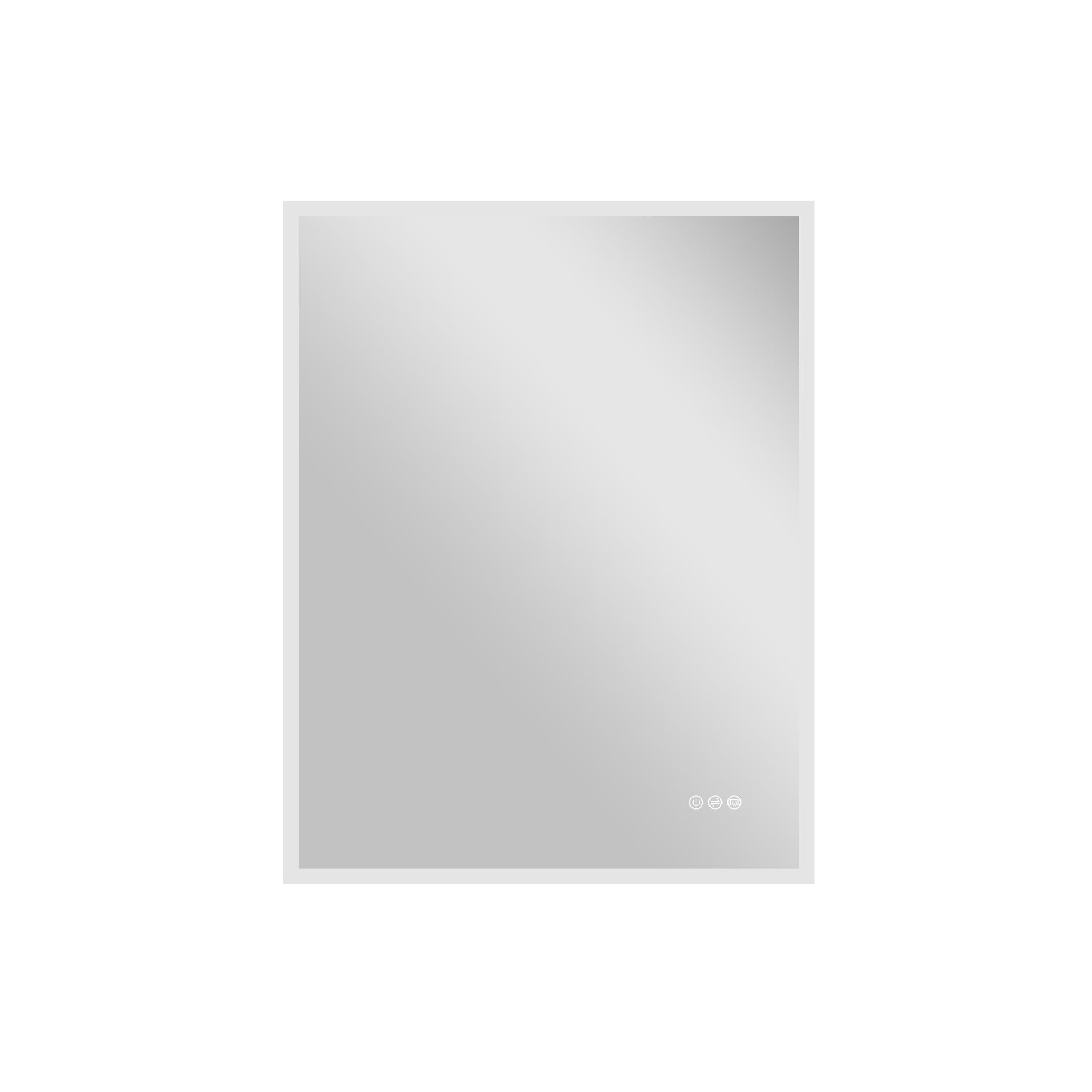
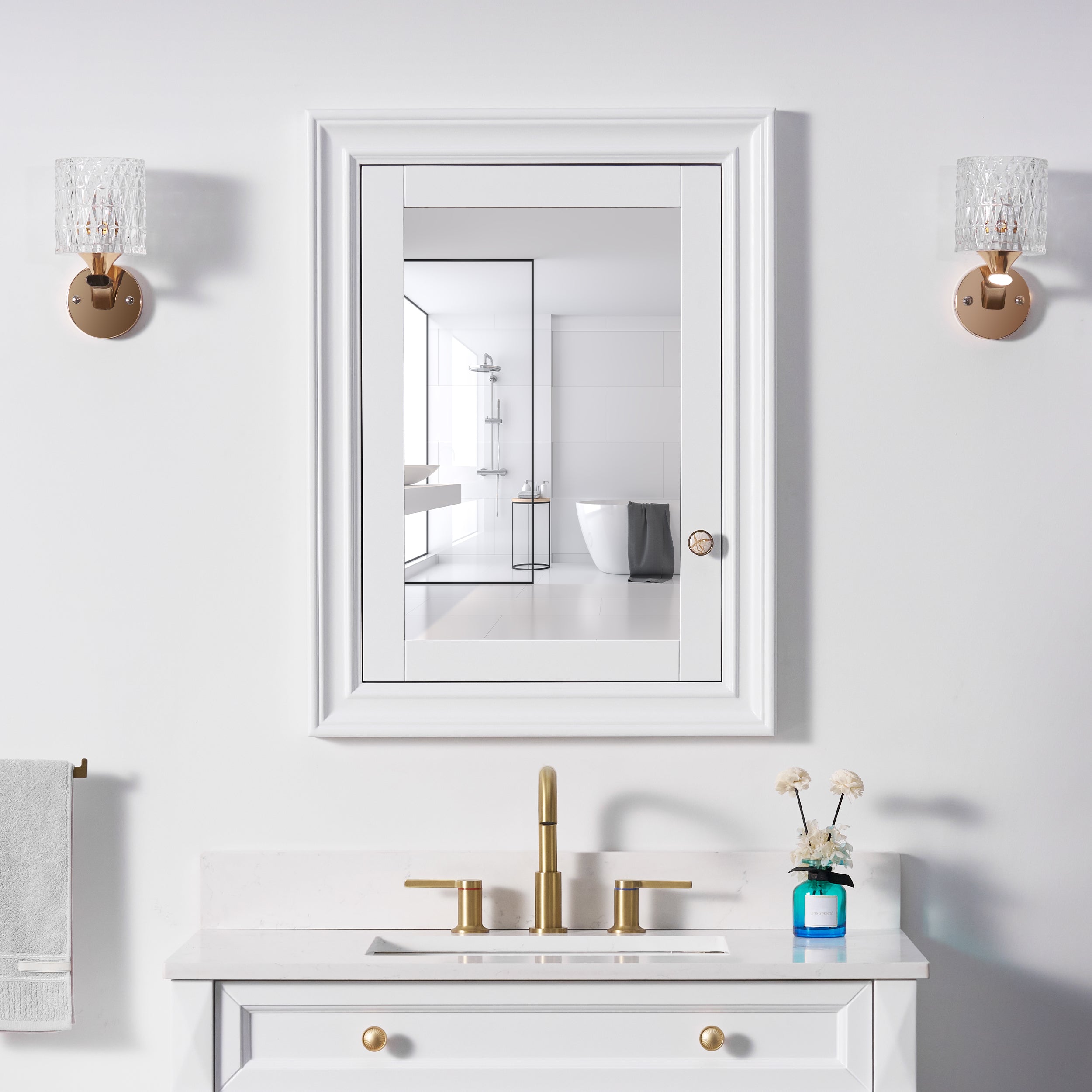
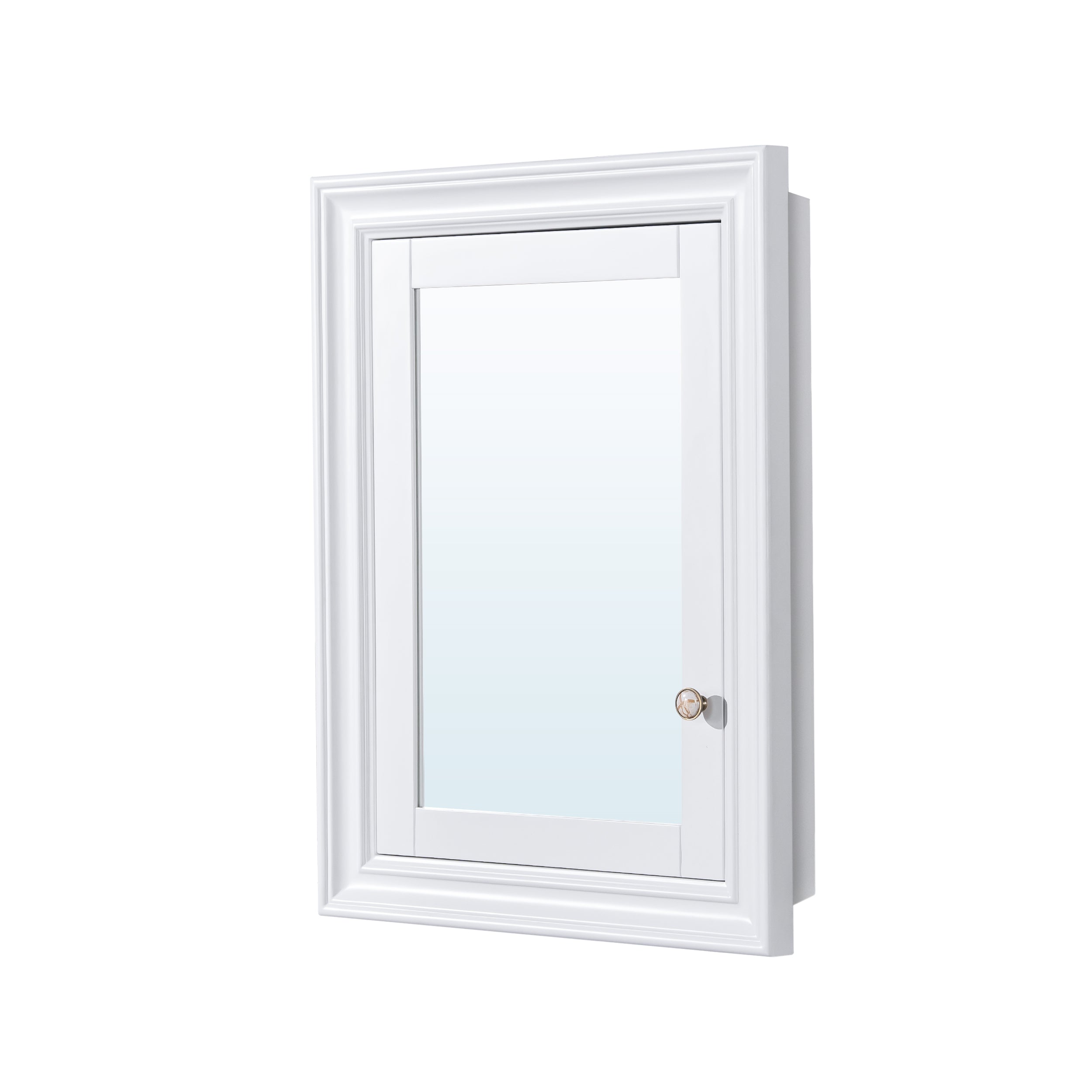
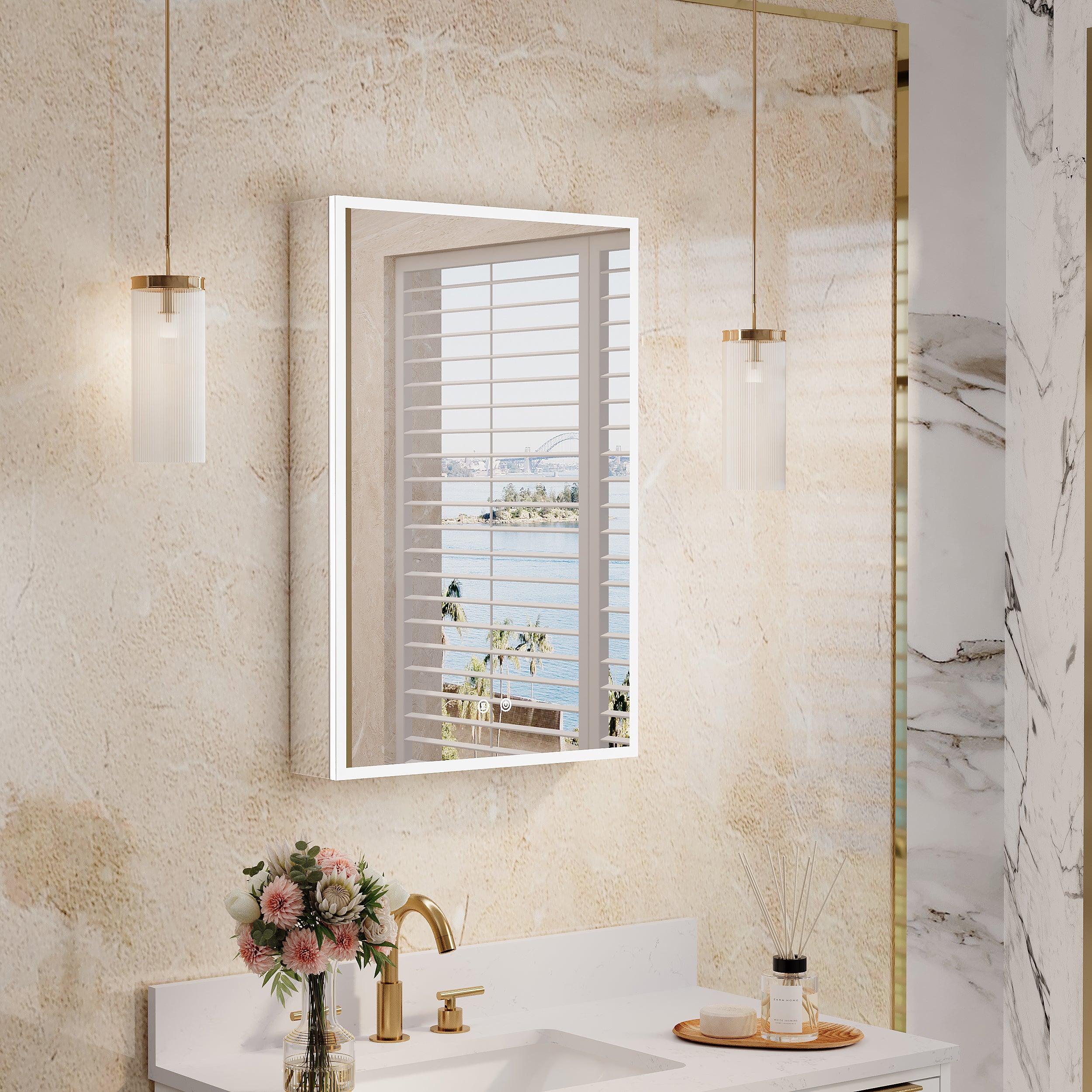

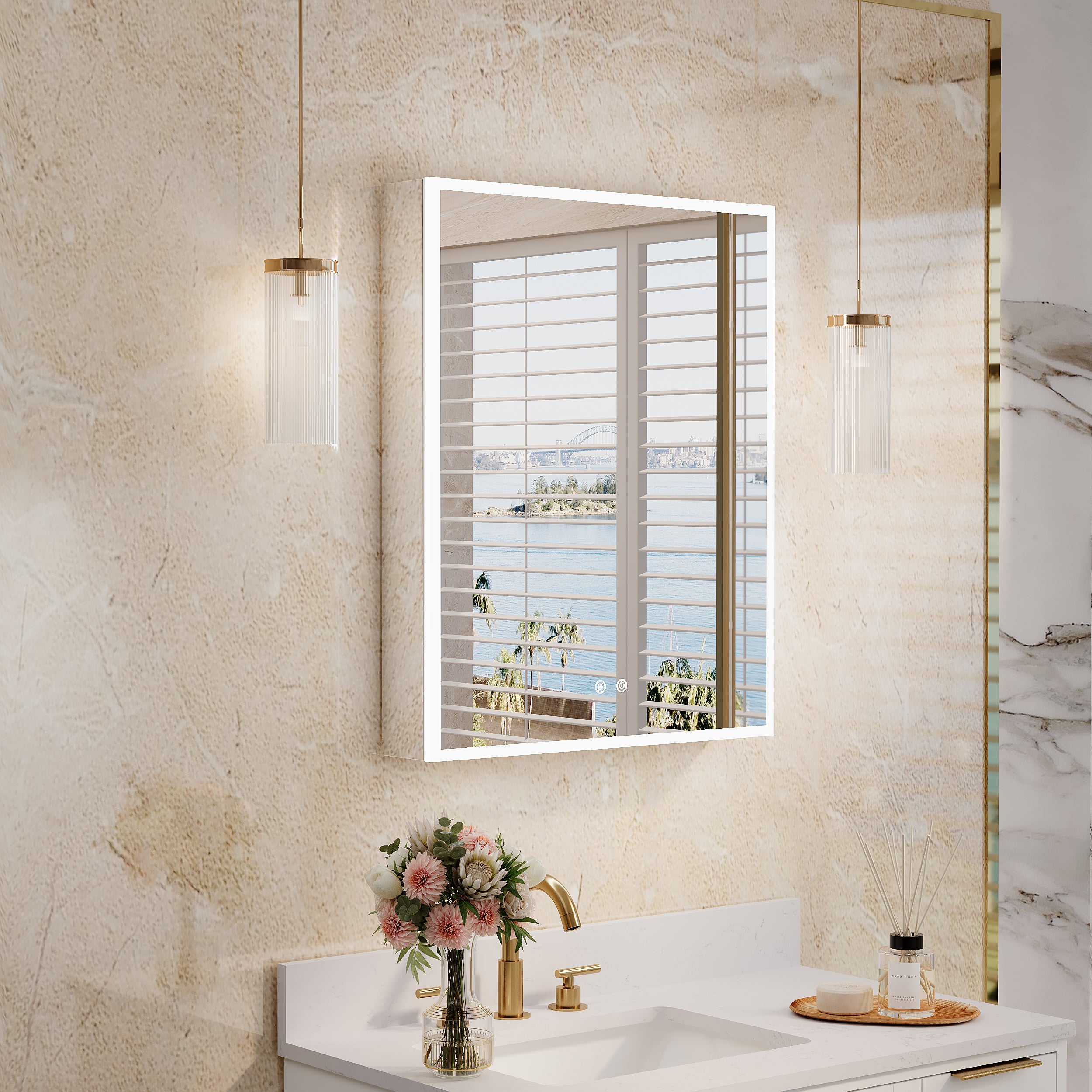
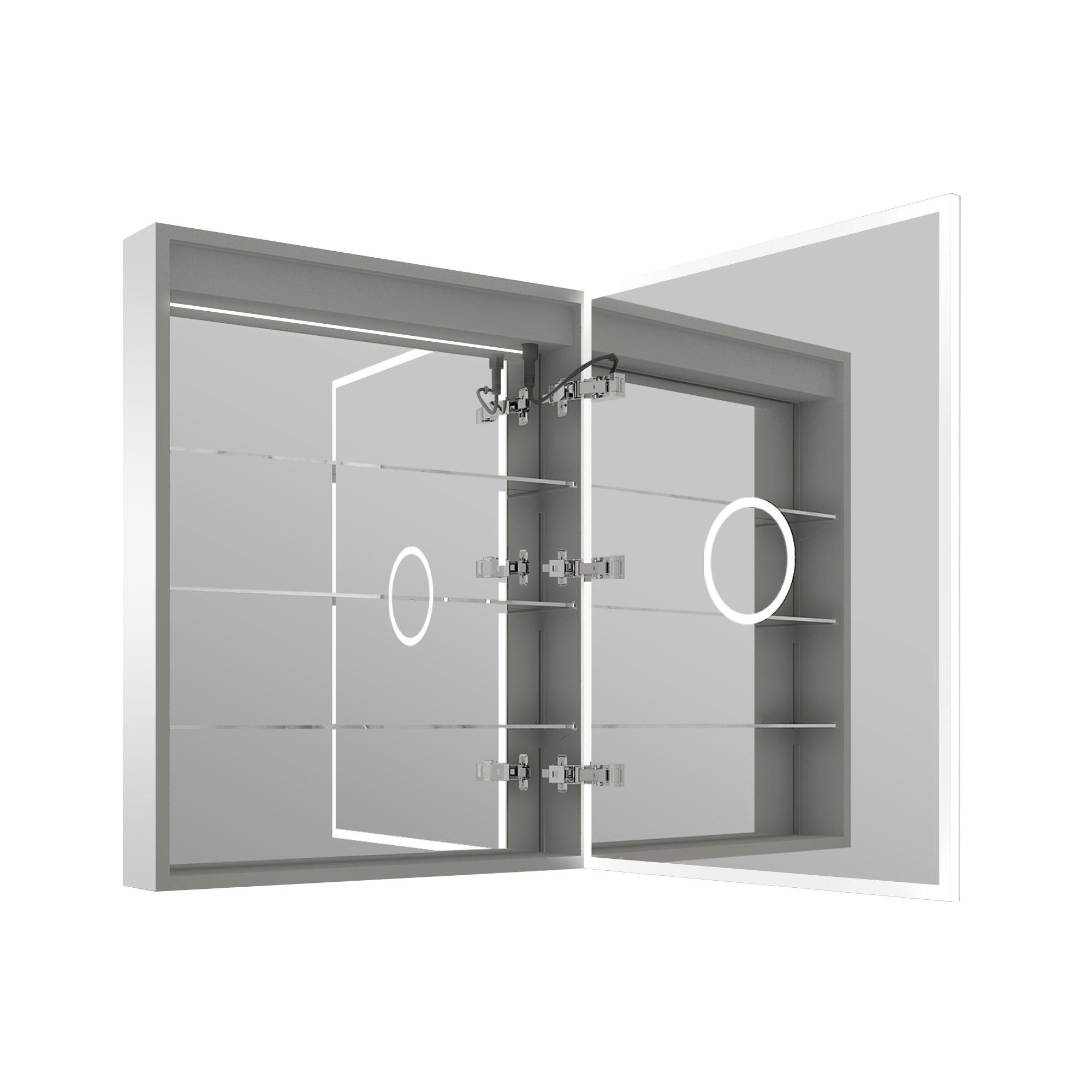


Leave a comment
This site is protected by hCaptcha and the hCaptcha Privacy Policy and Terms of Service apply.